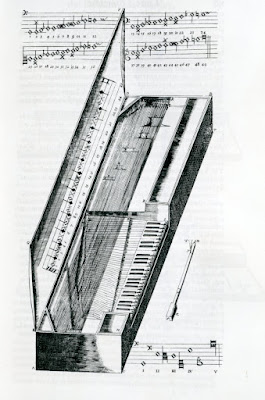[i]
Nūllā spē, nūllō timōre sollicitor, nūllīs rūmōribus inquiētor (Pliny) │ I am not agitated by any hope, not by any fear; I am not disquieted by any rumours.
sollicitō │
I make (i.e. somebody) anxious > sollicitor │ I am agitated
inquiētō │ I disturb
(i.e. somebody else) > inquiētor │I am disturbed
[ii]
Video: Vincent is reading the famous two-line poem by
Catullus (Carmen 85):
Ōdī et amō. Quārē id faciam fortasse requīris. │ I hate and
I love. Why I do this, perhaps you ask.
Nesciŏ, sed fierī sentiō et excrucior. │ I don’t know,
but I feel it happening and I am tortured.
excruciō │ I torture / torment (somebody) > excrucior │ I am tortured
[1]: first person singular
laudō │ I praise > laudor│ I am praised; all that has happened is -r is added to the first person singular active ending and the /o/ is shortened (indicated – only here for reference - by ŏ). There are no stress changes.
The conjugation doesn’t matter; the ending is always the same.
Pronunciation changes are indicated. Remember that a long ō is pronounced like English ‘oh, no!’ and a short /ŏ/ is pronunced like English ‘or’ or a donkey braying ee-aw
- laudō │ I praise > laudŏr [[lAU-doh (like Engl, ‘oh!’) > lAU-dor (like Engl. ‘or’) ] │ I am praised
- moneō│ I warn > moneŏr [mO-ne-oh > mO-ne-or] │ I am warned
- dūcō│ I lead > ducŏr [dOO-coh > dOO-cor]│ I am led
- capiō │ I capture > capiŏr [cA-pi-oh > cA-pi-or]│ I am captured
- audiō │ I hear > audiŏr [AU-di-oh > AU-di-or] │ I am heard / listened to
[2]: first person plural
laudāmus │ we praise > laudāmur │ we are praised
You could say either that you remove
the ending of the active i.e. -mus and change it to -mur or, body
swerve that, and say that the -s changes to -r (which was the way I interpreted
it); the result is the same. There are no changes in stress or vowel length; [ ʹ]
is only used here as a reminder of where the stress lies.
monḗmus │ we warn > monḗmur │ we are warned
dū́cimus │ we lead > dū́cimur │ we
are led
cápimus │ we capture > cápimur │ we
are captured
audī́mus │ we hear > audī́mur │ we
are heard
We’re almost done:
laudor │ I am praised
laudātur │ he / she / it is praised
laudāmur │ we are praised
laudantur │ they are praised









